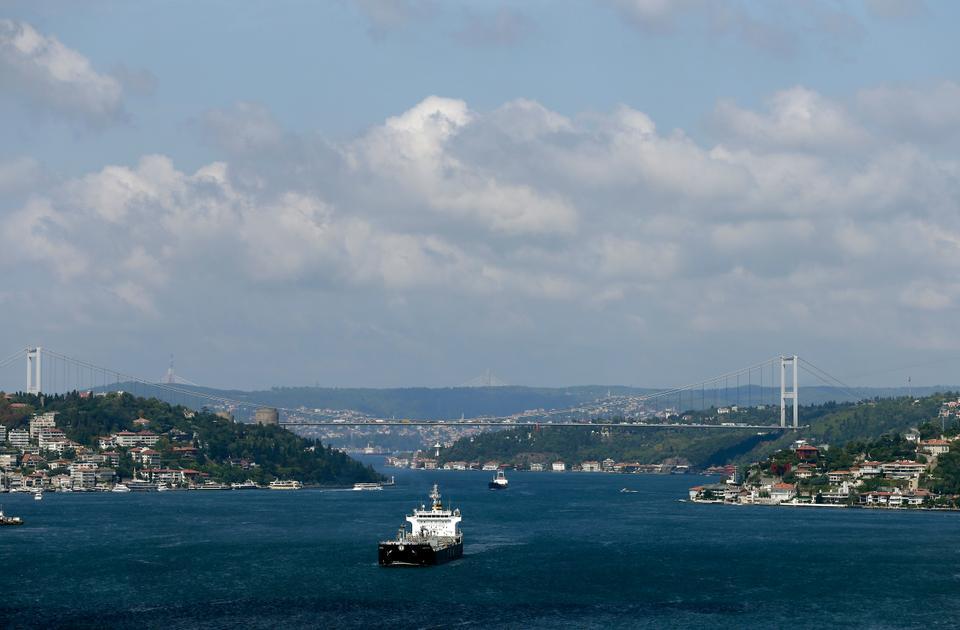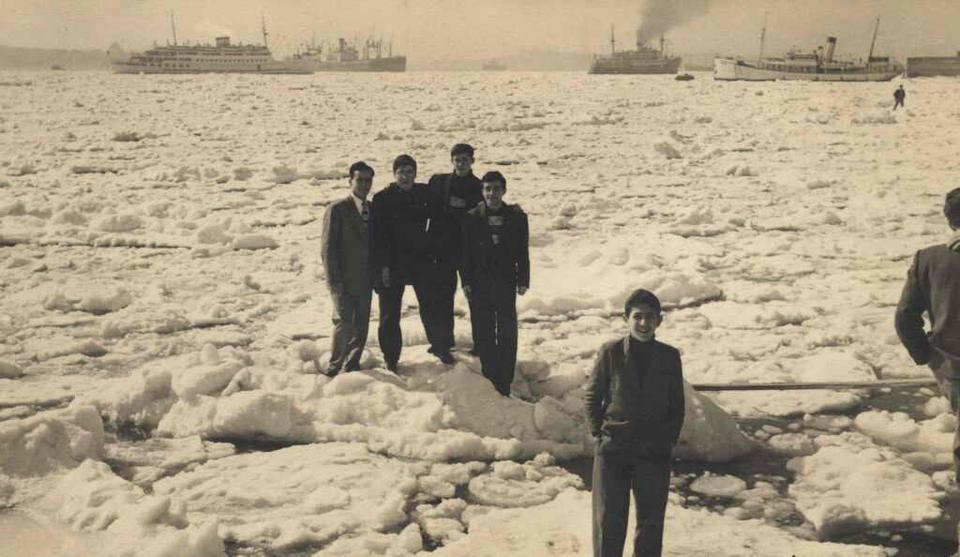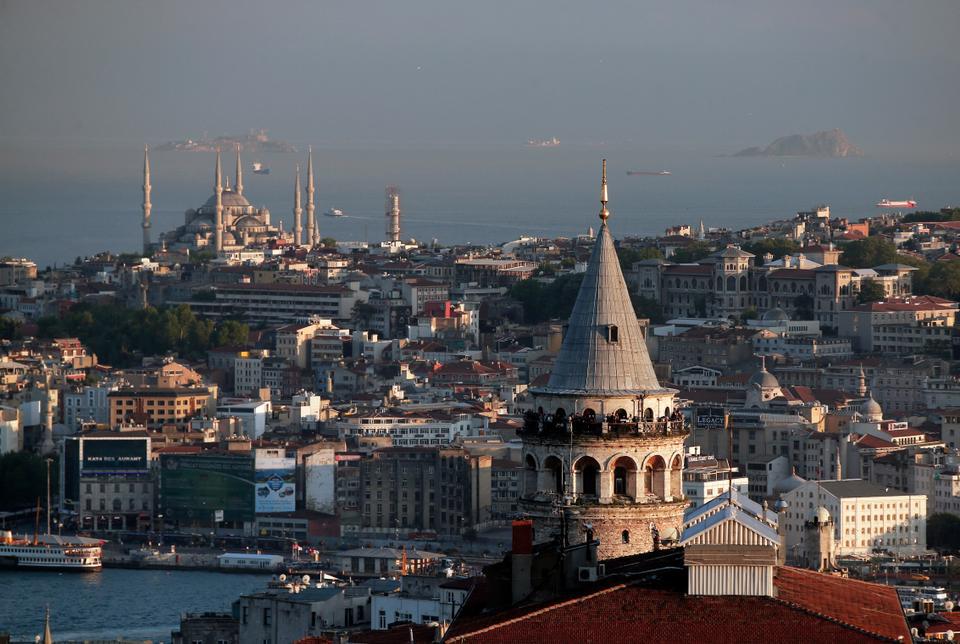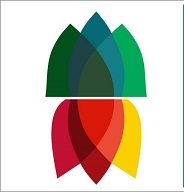Bosphorus: the crossroads of trade, civilisation and legends
Here are 9 things you need to know about the Bosphorus Strait Istanbul which connects the continents of Europe and Asia right in the heart of Istanbul.
It’s where Europe and Asia collide, the heart of multiple civilisations. The Bosphorus strait draws the city of Istanbul together, connecting its European side to its Asian half with chameleon blue strokes.
And while the iconic body of water has featured in more movies, songs and Instagram accounts than can be counted, the economic and strategic importance of the Bosphorus will always rival its cultural impact.
The Bosphorus Strait Istanbul has played a major role in world trade for centuries. It connects the Black Sea with the Sea of Marmara and eventually, through the Dardanelles strait, with the Mediterranean.
About 48,000 vessels transit the straits each year, making this area one of the world’s busiest maritime gateways.
The Bosphorus shapes Istanbul’s life and culture. It has ever since it became a part of the Ottoman Empire in the 15th century and before, when the city was known as Constantinople under the Byzantine empire.
It is said to have paved the way for the discovery of the Americas: following the Ottoman conquest of Istanbul, and the empire’s subsequent control on trade routes, European powers had to look outside the Bosphorus strait Istanbul for new maritime routes.
Three bridges have been built across the strait with the first being the Bosphorus Bridge completed in 1973. The bridge was renamed ‘July 15th Martyrs’ bridge after 34 civilians were killed by putschists during the 2016 coup attempt.

So what is it that makes the Bosphorus so special?
1. Strait is 30 kilometres (19 miles) long with the maximum width being 3.7 kilometres (2.3 miles) at the northern entrance and minimum width 750 metres (2,450 feet) between two Ottoman-era forts, Rumeli and Anadoluhisari.
The depth ranges from 36.5 metres to 124 metres (120 to 408 feet) midstream.
In the centre, a rapid current flows from the Black to the Marmara Sea and a countercurrent underneath the surface carries water of elevated salinity from the Marmara to the Black Sea.
The Bosphorus Strait Istanbul is also very heavily fished.
2. It is also a two-way passage for sea life. It acts as an ecological tunnel between the Mediterranean and Black sea.
Fish pass through the strait in order to be fully lubricated in the rich nutritious waters of the Black Sea.
Making the Istanbul Straits one of the most dynamic regions in the world for fishing.
You will often find Istanbulites fishing along the Bosphorus, with buckets filled with their catch of the day.
There are two types of fish in the Bosphorus – migratory and sedentary fish.
Bluefish, European pilchard, Atlantic bonito, and needlefish are the main migratory fish that pass through the strait.
Horse mackerel, brown meagre, sea bass, red gurnard and black scorpionfish can be caught all year-round.
3. The Bosphorus Strait Istanbul is one of the world’s most important chokepoints for the maritime transit of oil.
Over 3 percent of global supply or 3 million barrels per day, mainly from Russia and the Caspian Sea, passes through the waterway.
The route also ships vast amounts of grains from Russia, Ukraine and Kazakhstan to world markets.

4. The Bosphorus Strait Istanbul, it is said, has frozen over many times. However, the most recent one in memory dates back to 1954. Istanbul’s Milliyet newspaper recounts the incident as blocks of ice travelling on the Danube from Romania to the Black Sea, then from the Black Sea to the northern entrance of the Bosphorus, eventually taking over the entire Bosphorus.
5. The name Bosphorus comes from a Thracian word meaning “passage of the cow.”
The name is derived from the legend of Io who was one the many lovers of the Greek god Zeus.
Hera, the wife of Zeus, became suspicious and came down from Mount Olympus to see what her husband was up to.
Zeus in haste to hide his affair changed Io’s form to a white cow.
Hera saw right through the ruse and asked to keep Io as a present, to which Zeus agreed.
She had Arges, a Cyclops, watch over it, but Io got free eventually. So Hera sent flies to sting and bother Io for all time, this pushed her to madness and trying to escape, she travelled the world
Many geographical features have been named after her including the Ionian Sea, and the Bosphorus – which means Ox-Ford.
6. A polymath once tried to fly across the strait.
Hezarfen Ahmed Celebi lived in Istanbul during the height of the Ottoman Empire in the early 17th century.
According to the Ottoman historian and traveller Evliya Celebi, the polymath constructed a set of wings, replete with genuine bird feathers, and jumped from Istanbul’s Galata Tower on the city’s European side. As the legend goes, Celebi glided across the Bosphorus, landing in the Uskudar district two miles away.
If this is accurate, it would make Celebi’s attempt the first intercontinental human flight in history.
7. Many Istanbulites take the Bosphorus for granted, continent-hopping by passenger ferries daily to get to work, school or to conduct their daily affairs. But the ferries of the strait are special; they host the daily commuters with the spirit of Turkish hospitality. People on the ferries can find buskers and other performing artists hoping to earn some money while trying to make the cross-continental jaunt a little more pleasant.
The creature comforts include freshly-pressed OJ, glasses of soothing, or strong, hot tea and grilled cheese sandwiches.
The ferries have been serving Istanbulites in some shape or form since 1854.
8. A dip in the Bosphorus is not just for the seagulls and the ducks.
The Bosphorus Cross-Continental Swimming Race is one of the most iconic open water swimming events in the world. The strait in Istanbul comes to a standstill as thousands of swimmers cross from Asia to Europe in the world’s only intercontinental swimming race.
The course is 6.5 kilometres (4.3 miles), the water is fast, clear and furious with a major current making the swim challenging.
The number of swimmers has grown each year since the first race in 1989, when just 64 men and four women took part. In 2018 nearly 2,4000 people competed.
Greek Orthodox worshippers also dive into the waters of the Bosphorus once a year. The idea is to retrieve the symbol of the cross in an Epiphany feast day ceremony to commemorate the baptism of Jesus Christ.
9. The Istanbul Marathon is the only marathon in the world to be done across two continents.
Runners start the race by crossing the July 15 Martyr’s Bridge giving the participants a marvellous view of the Bosphorus.
The route passes many historic and iconic sites such as the Blue Mosque and Hagia Sophia and ends in Sultanahmet in the European part.
All in all the race crosses three bridges, one in the Bosphorus and two over the Golden Horn.


